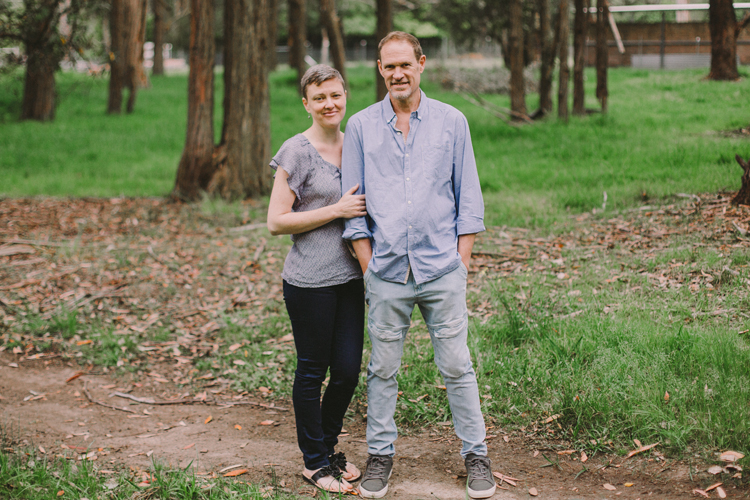Linley and Philip are long-term foster carers to children in FYL's youngest age bracket.
They are currently caring for a sibling pair, a girl (4) and a boy (5), who have been placed with them since they were newborns. Linley and Philip also have two biological children, a girl and a boy now aged 12 and 19.
Here, Linley and Philip share their insights into trauma-informed parenting, discuss what it’s like caring for children with differing needs and their approach to the challenges of foster care.
Trauma-informed parenting
Linley and Philip both describe growing up in stable, supportive families and not experiencing any traumatic incidents first-hand. Though they both have professional backgrounds within the nursing sector and Philip has worked within the crisis response world as a paramedic, it is the training they receive with The Benevolent Society which best prepares them to care for children who have experienced significant trauma.
“The background of some of these kids is so complicated. Some of them come from dysfunctional families with multi-generational abuse and their stories can be quite confronting.”
For Linley and Philip, having a blended family with children at differing developmental age groups has been an unexpected advantage in providing reparative parenting to young children.
“It’s a little bit more challenging to keep all four kids occupied,” says Linley. “The older kids aren’t interested in some of the activities we do with the younger kids. But we can have conversations with our kids, because they’re older, and explain what the challenges are, how we’re dealing with them, and what we’re trying.”
The older children understand trauma-informed/ reparative parenting is different and why the rules in the house differ for the younger children.
“We’ve taught [the older kids] a bit about trauma. We’re still learning ourselves. It’s an iceberg of information.”
An adaptable approach
Linley describes how she and Philip have developed an inquisitive and adaptable approach to foster care.
At times, contact between the foster children and their parents has been difficult, but Linley and Philip don’t dwell on the disappointments. Instead, they focus on how to work through the challenges. Considering new ideas and creative approaches to try and do contact visits differently so it is a positive experience when the children see their parents.
This might involve; negotiating with the child’s case manager, widening the options of venues and visit locations, transporting the children, or simply accepting at this time the biological parents are not ready to welcome them into the contact space.
“Contact has involved being aware of what options there are and being understanding when contact didn’t work out the way you, or the children, or their parents, expected it would.”
Linley and Philip say one of their best supports is the community of fellow foster carers.
“Having a few foster carers in your network is great. Your family can be understanding, but they don’t ‘get it’ like other foster carers.”
Ultimately for Linley and Philip, foster care means acting without judgement and making it all about the children.
“We’re just there for the kids, to provide a functional environment and teach them functional methods of communicating.”

Saying Goodbye
When Linley and Phillip first began caring, they provided emergency care for one-week old Tammy. Tammy ended up staying in placement with them for thirteen months. During this period Linley and Phillip developed a strong emotional connection with her. When it was time for Tammy to move onto her long-term kinship placement, Linley and Phillip state the difficulties they experienced in saying goodbye.
“It was such a shock to the system for us,” says Linley. “Processing that grief response. We were asking, Can we do that again?”
However Linley and Phillip have since found ways of managing placement endings. Now, they keep a duplicate of the shirt their foster child wore on the day they left their care and also create paintings with the children’s footprints. Every year the family remember the children who have transitioned from their care by lighting a birthday candle for each child who has stayed with them.
“We’ve stayed in contact with our first foster child and we’ve given her a truckload of photos and memorabilia. We’ve even kept a selection of things to give her when she’s a little bit older. We’re the first part of her life story, and with these items, she’ll be able to process that first part of her life as well.”

If you would like to register your interest in becoming a Foster Carer or get some more information about what it’s all about please fill out the form here or call us on 1800 236 762.